
Many politicians, administrators, and educators are focusing on how much children have been losing academically since the pandemic caused schools to close last spring.
I’m usually in that academic camp–worrying about the progress my students are making in reading. My training has taught me to always keep it professional as a tutor and to use time efficiently.
But, a couple of months back, the parent of a child I tutor opened my eyes to what her young daughter was missing the most with online tutoring.
It wasn’t making progress in reading; it was face-to-face personal contact. As it turns out, I had been focusing so much on the pedagogical and technical aspects of teaching on Zoom that I had forgotten about the emotional needs of my students.
 Shortly after we were all forced to stay at home, I posted Online Tutoring Adventure!. Now, when I go back and read that post, I can’t believe how quickly we all adjusted to teaching remotely. If you’re in the group of teachers and tutors who adapted their instruction in about a week, pat yourself on the back. We learned a lot in a short period of time. But it took me a few more weeks of teaching this way to grab on to keeping it personal. And guess what! The friendlier lessons felt good to me, too!
Shortly after we were all forced to stay at home, I posted Online Tutoring Adventure!. Now, when I go back and read that post, I can’t believe how quickly we all adjusted to teaching remotely. If you’re in the group of teachers and tutors who adapted their instruction in about a week, pat yourself on the back. We learned a lot in a short period of time. But it took me a few more weeks of teaching this way to grab on to keeping it personal. And guess what! The friendlier lessons felt good to me, too!
I want to share with you some of the adjustments I made to keep my lessons personal, and I invite you to so the same in the comments section below this post.

**Start your online sessions with several minutes of side-by-side (instead of face-to-face) dialogue. Hold off on starting the meat of the lesson, on sharing your screen. I usually sign on to Zoom about 3-5 minutes before the stated starting time of the lesson and chat for awhile to establish rapport. If the child is a bit down or not attentive, I tell a couple of stupid jokes or tell a silly story. This usually gets them talking. Sometimes I even have to ask directly, “Are you OK? What’s going on?”
**Find out a few of your student’s favorites, such as color and animal. In the olden days (4 months ago!), I would choose clipboards and student folders according to my students’ preferred colors. Now we can also use that information when we create digital materials for the child. For instance, for a child who likes blue, you can use blue background on your online whiteboard, or in the Google Slides activities you create.
 **Ask your students about their life outside of tutoring. What have they been doing? How have they been keeping in touch with friends and family members? What toys are they playing with, or what projects are they working on? How is camp? How is school going? What sports or other hobbies are they involved in? I had one student who seemed to resent coming to tutoring until he carried the iPad around the house to show me the Lego structures he was creating. This seemed to expand our relationship, and after that, he was more engaged.
**Ask your students about their life outside of tutoring. What have they been doing? How have they been keeping in touch with friends and family members? What toys are they playing with, or what projects are they working on? How is camp? How is school going? What sports or other hobbies are they involved in? I had one student who seemed to resent coming to tutoring until he carried the iPad around the house to show me the Lego structures he was creating. This seemed to expand our relationship, and after that, he was more engaged.
**Ask the parents of younger students to send you photos of their child, family members, and their child’s toys, projects, creations, games, activities–anything that they enjoy. Then insert the photos sporadically into the lesson–into the electronic books, Google Slides resources, or onto a OneNote page you have created for tutoring. This gives the student a lovely surprise and brings their personal life into the tutoring session.

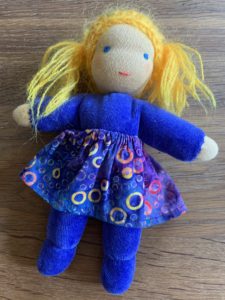 **Beginning readers may feel more comfortable if their stuffed animals or toys can attend the lesson. You can have the children read to their toys, or maybe the toys want to “read” a few pages of the book.
**Beginning readers may feel more comfortable if their stuffed animals or toys can attend the lesson. You can have the children read to their toys, or maybe the toys want to “read” a few pages of the book.
**Consider the child’s interests when you select published books for them to read.
**If you are working with beginning readers, consider creating books with their name and photos in them, or adapt books you are using with cover-up tape. If you don’t have photos, create books that include the child’s interests.
**Of course you already know how to take advantage of teachable moments. As you get more comfortable with teaching online, try to use those unpredictable opportunities to add personalization to the lesson. I have a student who loves pink. Yesterday I pointed out that she and I both had pink shirts on. We laughed about that. Then pi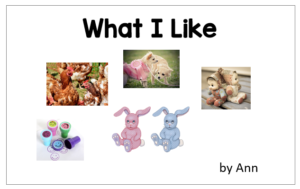 nk kept coming up (not pre-planned) in the books we read and activities we did. We exchanged more about the color. She was also having a lot of trouble with the letter N that day. I kept pointing out N in the materials we were using, and it became Pink N Day. I’ll start the next lesson with a pink Nn.
nk kept coming up (not pre-planned) in the books we read and activities we did. We exchanged more about the color. She was also having a lot of trouble with the letter N that day. I kept pointing out N in the materials we were using, and it became Pink N Day. I’ll start the next lesson with a pink Nn.
**Let any lesson content, such as topic of a book you read, be the stimulus to spark up a short conversation about your child’s world (e.g., foods they like, how they know so much about animals). Normally I wouldn’t want to stray far from the lesson focus, but during the time of social distancing and what I perceive to be the child’s needs, I am trying to be less restrictive.
**In order to come up with a writing topic, generate a conversation about something they mentioned before the lesson. Have them expand or condense what they said until they can formulate a few sentences to write.
**It turns out that having conversations with the youngster helps you to know more about their abilities–their background knowledge, speaking vocabulary, syntax, understanding and use of idioms, their sense of humor. You can use this knowledge in selecting activities. For example, when I discovered that one older student didn’t understand the idioms I was using, I realized that I needed to create a unit on figurative language with him.
**Be willing to let the student teach you about technology! It will give them good feelings about themselves. A couple of my students get a kick out of reminding me to share the Zoom Remote Control with them, and the young adult I tutor helps me with Google Classroom.
**End your Zoom sessions with several more minutes of personal interaction. Follow up on something your student told you before the lesson. Or ask what they are doing later on today or over the weekend. Children working on tablets may even want to carry it into another room to show you a project they have been working on.
In our normal school setting, we teachers always knew that interpersonal relationships were important in teaching. For many of us, that’s why we went in to teaching in the first place. And now those personal interactions are more important than ever. Think how much we teachers have had to adapt to life during the pandemic. Well, we can’t even imagine what it has been like for our students. Unable to see their friends or even to understand the reasons for the lock-down, for some, it has been and continues to be quite an adjustment for them.
No matter what happens with schools this fall, there will likely be a huge demand for online tutors. So, as you are designing and teaching your remote lessons, keep in mind how important that non-academic interaction is. After all, without the personal connection, without the student’s comfort and enthusiasm, there really won’t be much learning anyway! We teachers know that for sure! Just don’t forget, as I did!
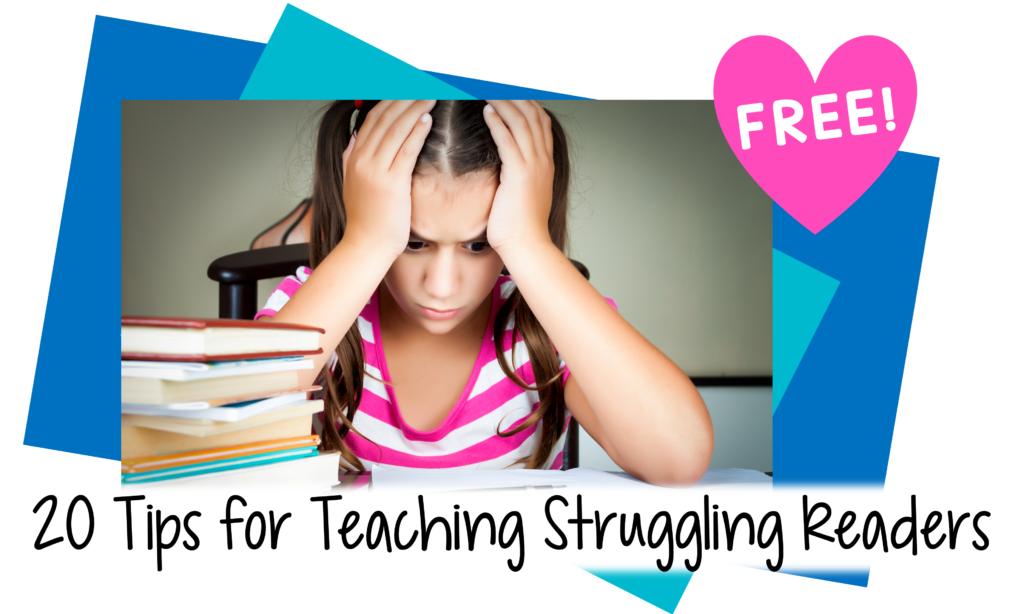

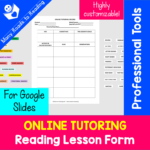
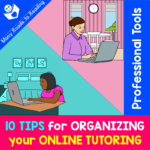
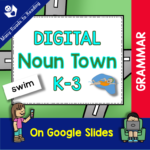
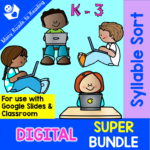
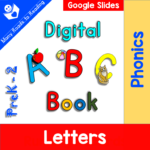

2 Comments
Leave your reply.